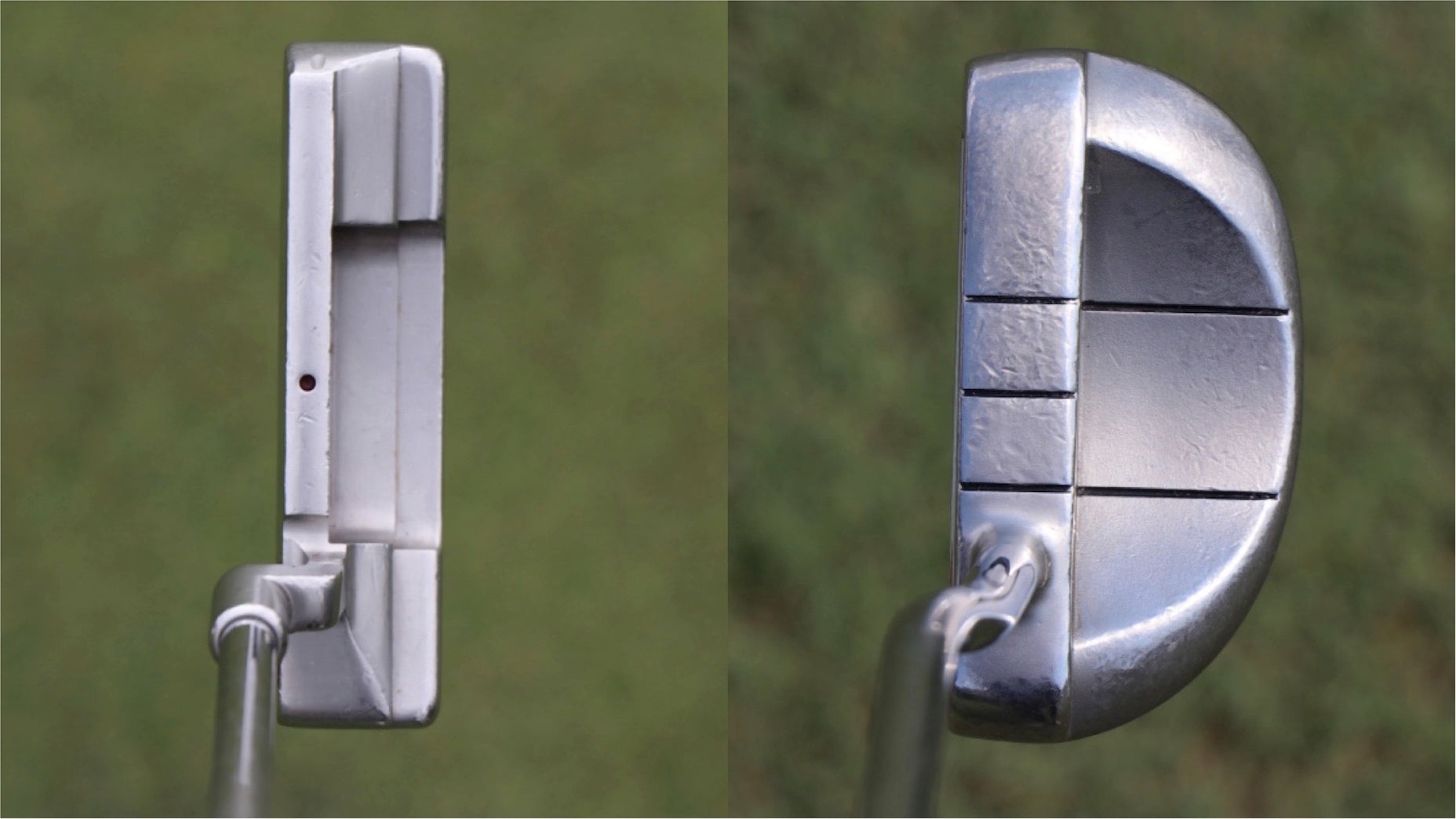There are thousands of putter styles these days, some more outlandish than others, but one of the modern basics is the cavity-back (CB) mallet style. CB mallet putters work for golfers because they provide forgiveness due to their sizes, and better launch conditions due to their low centers of gravity. Interestingly, however, CB mallets weren’t originally designed with those performance benefits in mind at all.
Guerin Rife, father of the CB mallet putter design, is a prolific putter designer and inventor. He designed the Rife 2-bar putters that were hugely popular in the 2000’s, and he currently designs EvnRoll’s innovative putters. He’s the inventor of putter grooves, gravity grips, and the aforementioned CB mallets, too. While his designs today are carefully crafted to help golfers putt better, his first ever putter invention – the CB mallet – came about because of a different, and very relatable concern.
Rife recently came on our Fully Equipped podcast to tell the story, and talk about all things equipment from his 30+ years in the industry. During Part 1 of our interview, Rife described how CB mallets came to exist.
In the mid-70’s, Rife was working as an art director at Leo Burnett in Chicago. He was an ad man, and a writer. Designing golf clubs was no where on his radar.
After leaving the ad company and moving to Florida in the mid-80’s, Rife got linked up with popular teaching instructor David Leadbetter to help out with a putting training aid. While out on the PGA Tour helping pitch the product, Rife noticed that the thick mallet putters of the day were lacking in one aspect; they weren’t capable of scooping up a golf ball with the backside of the putter, as you could with a Ping Anser-style head.
“None of these mallets… you can’t pick the ball up with them,” Rife said on Fully Equipped. “That’s as deep as I was at the time. I said, ‘You know, I’m going to come up with this mallet idea where they put a cavity in it so you can scoop up the ball.’ That was as deep as it was.”
With that idea in mind, Rife, who was not a putter designer previously, started working on a prototype putter by hand. In addition to solving the scooping problem, Rife realized that the putter had real performance benefits. By removing weight from the top part of the club head, overall mass was lowered and pushed more toward the perimeter of the putter. That created forgiveness and higher launch for golfers.
After stumbling upon this game-changing design, Rife decided to patent the idea.
While Rife said he did initially patent the CB mallet design, he let it expire due to the guidelines of the patent. According to Rife, the measurement from front-to-back of the head had to be at least two-thirds of the distance from heel-to-toe of the putter. He was already paying unwanted fees on the patent, so the guidelines were the last straw for him.
“Because of that I was like nobody is going to make a putter head that deep,” Rife said. “They go way beyond that now.”
Unfortunately for Rife, but proving his innovation, CB mallets are now widespread throughout the industry. That was far from the end of the road in putter design for Rife, though. It was just the beginning.
As Rife explains in our Fully Equipped podcast, his CB mallet invention led him further down the rabbit hole of designing putters and creating game-changing designs. These days, Rife is busy designing EvnRoll putters that have his elongated parabolic groove technology, which works to achieve consistent speeds across the face. He explains in much more detail in part 1 of the podcast below, and in part 2 (that’s coming next week).
If you’re interested in getting a putter fitting for yourself, check out GOLF.com’s sister company True Spec Golf.
